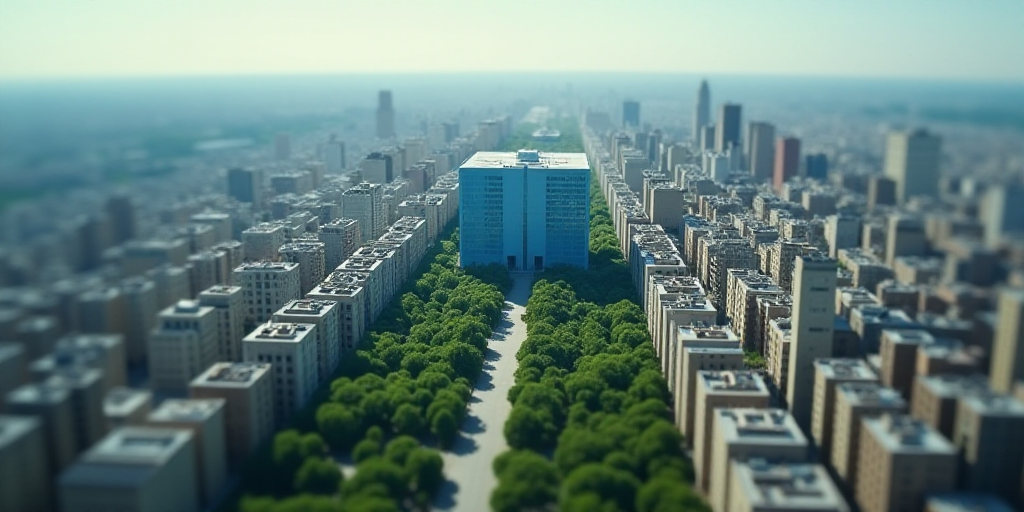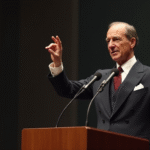Background on the Housing Situation in Mexico City
With a housing deficit and a significant gap between the income of Mexico City residents and home prices, renting has become the sole option for millions. However, the growing demand for rental properties and phenomena like gentrification have driven up rental costs.
Rising Rental Prices in Mexico City
According to an analysis by Propiedades.com, the average rental price in Mexico City increased by 6% annually during the first quarter of 2025. Experts predict this trend will reach double digits by year’s end.
“Rental costs will rise disproportionately and at a rapid pace, as there will be fewer opportunities to purchase homes, but new residents and housing developments will continue to emerge. Rental is the only factor that will contain this,” explained Juan David Vargas, general manager of Propiedades.com.
Vargas elaborated that over 50% of the available housing inventory for sale in Mexico City is concentrated in the residential and residential plus segments, with prices ranging from 2.3 million to over 4.7 million pesos.
Gentrification: A Chain Reaction
The phenomenon of gentrification has become a hot topic in urban areas like Mexico City, especially during and after the COVID-19 pandemic. Luis Alberto Salinas Arreortua, a researcher at UNAM’s Institute of Geography, described gentrification as a process where wealthier sectors of the population take over urban spaces.
This results in once-impoverished areas with certain desirable qualities being developed for middle- to high-income residents, displacing local inhabitants. While gentrification was evident in neighborhoods like Condesa, Roma, and Polanco, Vargas noted a chain reaction effect in nearby areas such as Ampliación Granada, Tabacalera, Juárez, and Lomas de Sotelo, which have driven up rental costs this year.
Government Measures and Their Effectiveness
In response to the housing crisis and gentrification, the Mexico City government has implemented reforms to the Tourism Law and the Housing Law, aiming to limit short-term rental platforms (like Airbnb) and cap rent increases. However, Vargas stated that these measures have had no impact on reversing the rise in housing costs.
“The focus should be on encouragement, not restriction,” Vargas emphasized.
Key Solutions for Affordable Housing
Vargas highlighted that the primary solution to increase access to affordable housing in Mexico City is promoting the construction of low-cost projects. Additionally, addressing new needs such as relocating those displaced by gentrification and improving infrastructure in emerging neighborhoods is crucial.
Key Questions and Answers
- What is driving the rise in rental prices in Mexico City? The growing demand for rentals and gentrification have increased costs.
- Who is Juan David Vargas, and why is he relevant? He is the general manager of Propiedades.com, a real estate platform providing insights into Mexico City’s housing market.
- What is gentrification, and how does it affect Mexico City? Gentrification refers to wealthier sectors taking over urban spaces, displacing local residents and driving up housing costs.
- What government measures have been taken to address the housing crisis? Reforms to the Tourism Law and Housing Law have been implemented, limiting short-term rentals and capping rent increases.
- What is the main solution proposed by Vargas to increase affordable housing access? Promoting the construction of low-cost projects and addressing new needs like relocating gentrification victims and improving infrastructure in emerging neighborhoods.






